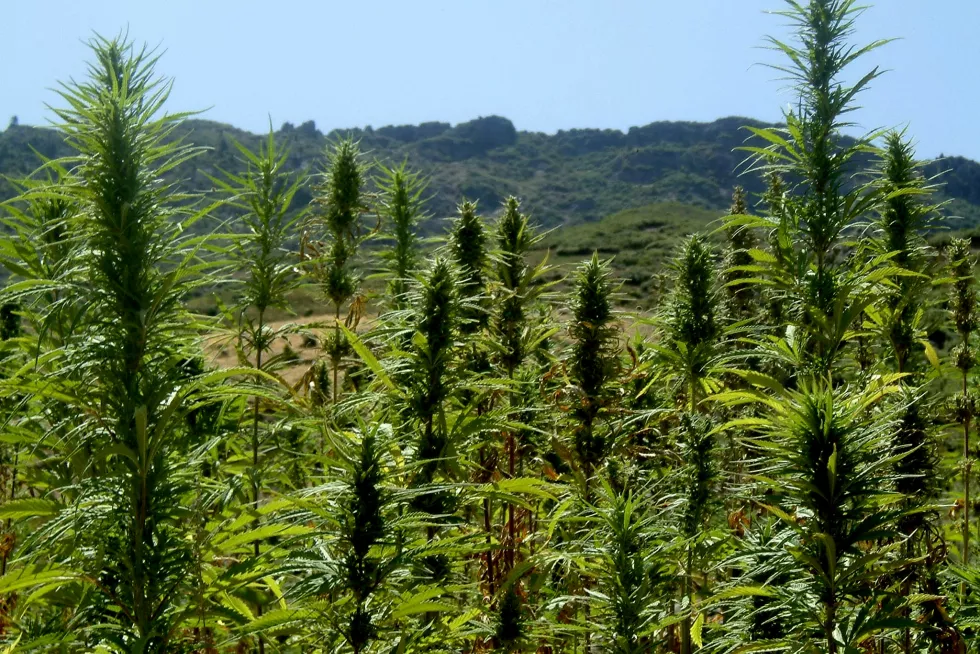Beldiya Cannabis: More Chemically Stable Than Imported Strains

The Stability of Beldiya: A Promising Cannabis Cultivar in Morocco
A recent study conducted in Morocco has revealed that the traditional local cannabis cultivar known as Beldiya exhibits remarkable chemical stability compared to four imported hybrid strains. This discovery could have significant implications for the medical and industrial use of cannabis in the region, especially given the country’s recent legalization of cannabis for therapeutic and commercial purposes.
The research, which spanned three years from 2014 to 2016, focused on analyzing the phytocannabinoid profiles of five Cannabis sativa L. cultivars grown under identical environmental conditions in central-northern Morocco. The study aimed to understand how different strains respond to similar growing conditions and how their chemical compositions vary over time.
Researchers examined one traditional variety, Beldiya, alongside four exotic hybrids: Avocat, Khardala, Mexicana, and Critical Plus. Using advanced analytical techniques such as liquid chromatography–mass spectrometry (LC-MS/TSQ), they identified 13 cannabinoid compounds. Among these, five were classified as major cannabinoids based on their concentration levels: THCA-A, CBDA, CBD, Δ⁹-THC, and CBN.
What set Beldiya apart was its consistent chemical profile across all three growing seasons. Unlike the imported hybrids, which showed considerable variation in their cannabinoid content year by year, Beldiya maintained a stable composition. The researchers attributed this consistency to the uniform and stable seeds selected by local farmers, as well as the cultivar's early blooming stage, which may facilitate hybridization with other varieties.
Chemical Variability Among Imported Strains
In contrast to Beldiya, the imported cultivars displayed significant fluctuations in their chemical profiles. For example, Δ⁹-THC levels were highest in 2014, while CBD reached its peak in 2015. By 2016, the overall cannabinoid levels in these imported strains had declined. This variability highlights the challenges associated with cultivating imported cannabis in Moroccan conditions.
The samples were grouped into three distinct chemical clusters based on their compositions and seasonal variability. Notably, Beldiya consistently formed a separate cluster, underscoring its unique and stable chemical profile. This finding is particularly important for understanding the potential of locally adapted cannabis strains in regulated environments.
Implications for Medical and Industrial Use
The results of this study represent a significant contribution to the scientific understanding of cannabis cultivation in Morocco. With the country’s recent legal reforms allowing for medical, therapeutic, and industrial cannabis use, the consistent chemical profile of Beldiya makes it a strong candidate for pharmaceutical and cosmetic applications. Its stability could make it ideal for standardized production, ensuring predictable effects and quality.
Moreover, the study provides new genetic markers that can be used to identify chemical polymorphism in cannabis. These markers could guide future breeding and cultivation programs, both within Morocco and globally. By focusing on locally adapted strains like Beldiya, researchers and growers can develop more reliable and sustainable cannabis products.
Collaborative Research Efforts
The research was carried out by a team of scientists from several Moroccan institutions, including the Laboratory of Biology, Ecology, and Health at Abdelmalek Essaâdi University in Tetouan; the Laboratory of Marine Biotechnologies and Environment (BIOMARE) at Chouaib Doukkali University in El Jadida; and the Hassan II Agronomic and Veterinary Institute in Rabat. Their collaborative efforts highlight the growing interest in cannabis research within the country and the potential for scientific advancements in this field.
As Morocco continues to explore the possibilities of cannabis for medical and industrial use, studies like this provide essential insights into the characteristics of local cultivars. The stability of Beldiya suggests that indigenous strains may hold unique advantages in terms of consistency and adaptability, making them valuable assets in the evolving cannabis industry.

Comments
Post a Comment